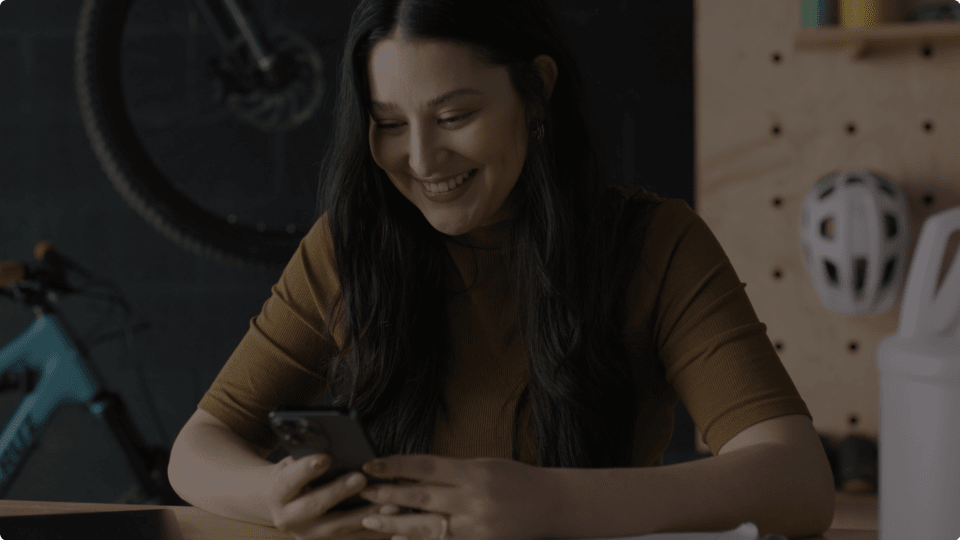You probably know as well as I do that there’s so much more to modern business than the assembly line. Today’s entrepreneurs and CEOs need to cultivate teams and company cultures that can pump out ideas. But creativity and innovation don’t thrive under traditional management structure. These aren’t problems we can solve by working harder.
It should go without saying that if you hire people with talent and passion, innovation and creativity will arise naturally, but can we do more? Are there ways to encourage creativity?
THIS IS ONE OF THE MOST DRAMATIC EFFECTS YOU’LL EVER SEE IN A PSYCHOLOGICAL STUDY. VERY FEW THINGS HAVE THIS KIND OF INFLUENCE ON US…
According to scientific research, we certainly can. Here’s how.
#1 – Focus: an Unlikely Enemy
Focus is key to success. Distractions prevent us from pursuing our goals, and focus reins this problem in. But when it comes to creativity, it turns out focus is actually counterproductive.
Professors Mareike Wieth and Rose Zacks discovered this when they asked students to come in and answer a series of questions, some of them analytical, and some of them requiring a sudden burst of creative insight.
Two groups took the test, and there was only one difference between them. One group was brought in during their “optimal” time of day, based on their sleep cycle. The other group was brought in during their least optimal time of day, the time of day when it is most difficult for them to focus.
(This isn’t actually the same thing as being sleepy. We all experience times like in the day, and it’s based on our sleep cycle.)
Not surprisingly, the focused group did better on the analytical problems. But the people who came in during their least focused time of day actually did better on the creative problems.
Amazingly, similar studies have found that people with frontal lobe damage, the part of the brain that allows us to focus, also do better on creative problems.
To add insult to injury, asking study participants to drink enough alcohol to get a BAC of 0.075 also helped improve their scores on these kinds of tests.
Odd as it may seem, creative bursts of insight are most likely to occur when we are least focused. It should go without saying that it takes focus to transform these realizations into something real, but to get the ideas in the first place, you need to give yourself a bit of distance and allow your mind to wander.
#2 – The Power of Contradictions
It’s probably not revolutionary to say that at least some of creativity, and possibly all of it, is the result of combining two or more ideas together. What’s interesting is how subtle things can actually influence our ability to do this.
Professors Ella Miron-Spektor, Francesca Gino, and Linda Argote asked 2 groups of people to write at least three statements, then take a test called the candle problem, which requires a sudden burst of insight in order to solve.
- The first group was asked to write at least three interesting statements.
- The second group was asked to write at least three paradoxical statements.
Only one in five of them could solve the candle problem if they were asked to write interesting statements. But if they were asked to write paradoxical statements, one in three were able to solve it.
What’s especially interesting is that not everybody who wrote paradoxical statements performed better. The participants were asked to take a test of internal conflict after writing the statements. They were asked whether they were in a state of confusion, disorientation, and conflict.
Surprisingly, only those who experienced this tension experienced a boost in creativity.
A second study explored why. Participants were split into four groups. They read a fictional article about an experimental toy, and then read comments by fictional expert judges. The judges said one of four things:
- The judges would say the product was cheap or creative, but never both.
- The judges would say the product was creative, but too expensive.
- The judges would say the product was creative and cheap.
- The judges would say the product was creative and cheap, and that those are usually opposites.
Of the four groups, only one showed superior creativity in a test afterward: the final group.
It’s not enough to see that one thing can have two different attributes. To think creativity, you need to realize that two things can be different from each other yet complimentary at the same time.
What’s interesting about studies like these is how subtle the influence is. Using a project management tool like WorkZone (or just sending out an email), you can encourage your team to come up with a few contradictory ideas before a brainstorming session. The impact on creativity is immediate.
#3 – Don’t be a Tortured Artist
Conventional wisdom tells us that there’s a fine line between genius and insanity, that all truly creative people are just inches away from cutting off their ears, Van Gogh style. But when Charlotte Waddle reviewed 29 studies seeking a link between creativity and mental illness, she discovered that only nine of them turned up a positive result. Worse, most of those studies used flawed methods.
On top of that, none of the studies were even claiming that there was a cause and effect relationship between the two.
Professors Alice Isen, Kimberly Daubman, and Gary Nowicki decided to test something that was very much the opposite of the tortured artist scenario: laughter.
The experiment was simple. Half of the participants watched a math video, and half of them watched a funny video. Afterwards, they took the candle test.
Only one in five of the people who watched the math video was able to solve it.
Amazingly, three out of four were able to solve it after watching the funny video.
This is one of the most dramatic effects you’ll ever see in a psychological study. Very few things have this kind of influence on us.
The conclusion? While it might not be the most productive use of your time to watch videos of cats sliding on linoleum all day, humor in the workplace can be a powerful thing. If creativity matters at all to the future of your business, it’s best not to keep things too serious.
If you can’t solve a problem, try laughing.



